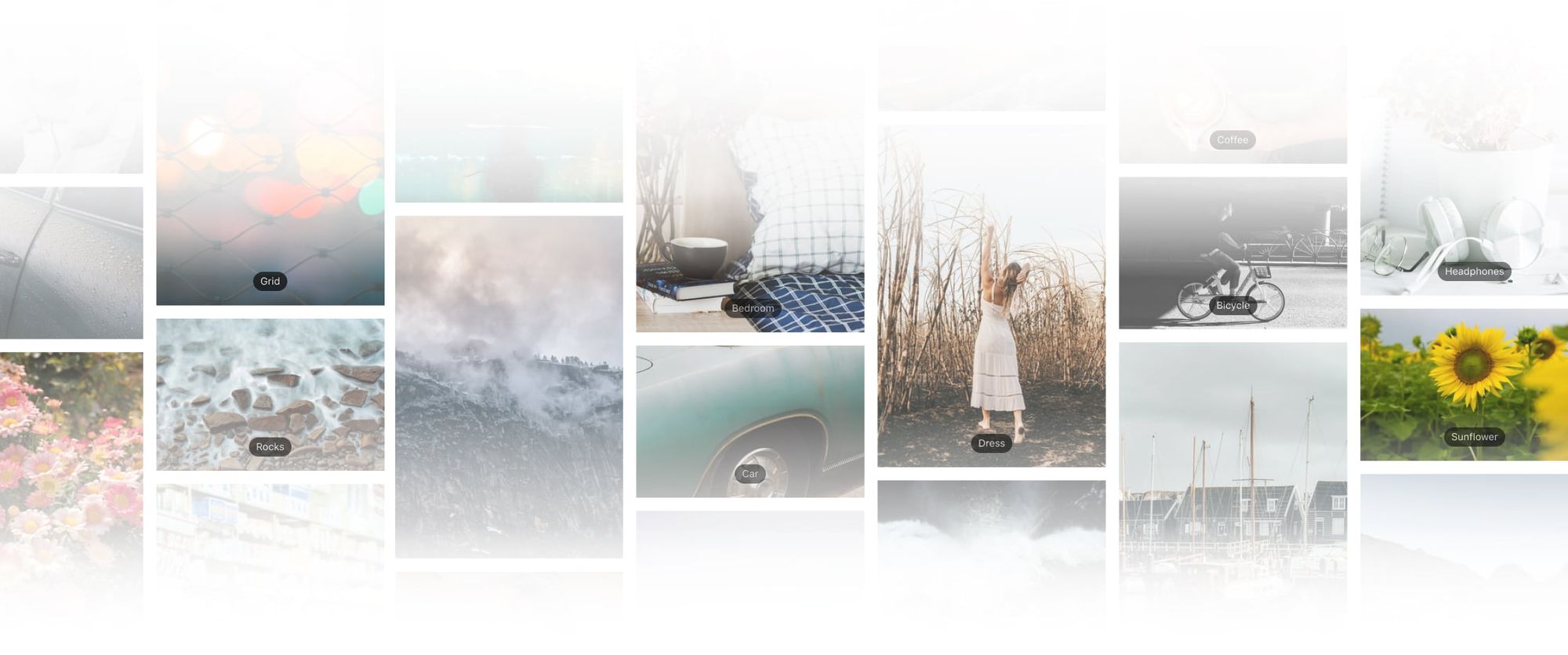Datasets:
metadata
dataset_info:
features:
- name: url
dtype: string
- name: ai_description
dtype: string
- name: palettes
struct:
- name: '1'
dtype:
array2_d:
shape:
- 1
- 3
dtype: uint8
- name: '2'
dtype:
array2_d:
shape:
- 2
- 3
dtype: uint8
- name: '3'
dtype:
array2_d:
shape:
- 3
- 3
dtype: uint8
- name: '4'
dtype:
array2_d:
shape:
- 4
- 3
dtype: uint8
- name: '5'
dtype:
array2_d:
shape:
- 5
- 3
dtype: uint8
- name: '6'
dtype:
array2_d:
shape:
- 6
- 3
dtype: uint8
- name: '7'
dtype:
array2_d:
shape:
- 7
- 3
dtype: uint8
- name: '8'
dtype:
array2_d:
shape:
- 8
- 3
dtype: uint8
splits:
- name: train
num_bytes: 28536733
num_examples: 24998
download_size: 4159745
dataset_size: 28536733
configs:
- config_name: default
data_files:
- split: train
path: data/train-*
license: other
license_name: unsplash-commercial
license_link: https://github.com/unsplash/datasets/blob/master/DOCS.md
task_categories:
- text-to-image
- image-to-text
language:
- en
tags:
- unsplash
- v1.2.1
pretty_name: Unsplash Lite w/ Palettes
size_categories:
- 10K<n<100K
source_datasets:
- 1aurent/unsplash-lite
The Unsplash Lite Dataset (v1.2.1) with color palettes
The Lite dataset contains all of the same fields as the Full dataset, but is limited to ~25,000 photos. It can be used for both commercial and non-commercial usage, provided you abide by the terms.
The Unsplash Dataset is made available for research purposes. It cannot be used to redistribute the images contained within. To use the Unsplash library in a product, see the Unsplash API.
This subset of the dataset contains only urls to the images, their descriptions generated from an AI service, and 8 palettes (generated using okolors).
To download the images from the urls, you may do something like this:
from datasets import load_dataset, DownloadManager, Image
ds = load_dataset("1aurent/unsplash-lite-palette")
def download_image(url: str | list[str]) -> str | list[str]:
dl_manager = DownloadManager()
filename = dl_manager.download(url)
return {"image": filename}
ds = ds.map(
function=download_image,
input_columns=["url"],
batched=True,
num_proc=6,
)
ds = ds.cast_column(
column="image",
feature=Image(),
)

